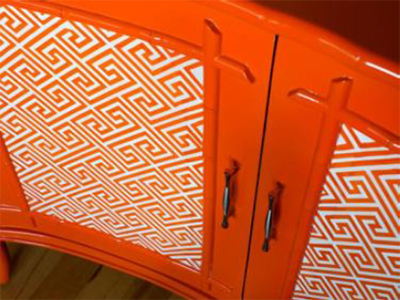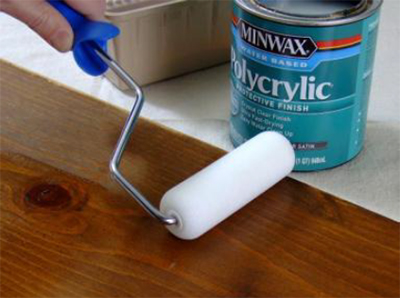Search
- yohoho
- unblocked games 77
- unblocked games 8
- unblocked games 2
- unblocked games for school
- unblocked games world
- retro bowl
- unblocked games
- unblocked games premium retro bowl college best unblocked games unblocked games
Varnish

(Image source)
Varnish is mainly meant of wooden surfaces and a very durable because it contains a higher ratio of solids. It is an excellent protective coating for outdoor applications such as exterior doors, boats, beach chairs, etc.,
Lacquer

(Image source)
Lacquer provides a gloss finish often used on many products. It is extremely durable and resistant to damage. however, over time lacquer can be become and susceptible to scratches. Discoloured it can begin to discolour and become scratched. The common finish terminology varies from least shiny to most shiny flat, matte, eggshell, satin, semi-gloss, and high gloss.
Polyurethane Coat

(Image source)
Water-based polyurethane is popular because of its low odour and low toxicity. It goes on clear without adding a slight colour that oil-based versions can, and it dries much faster. Water-based polyurethane won't hold up well to heat and chemicals. It's good for bookcases, desks, side tables and picture frames — anything that won't be exposed to extremes. Oil-based polyurethane is slightly more durable than water-based, especially when it comes to handling heat, so a kitchen table is a good candidate.